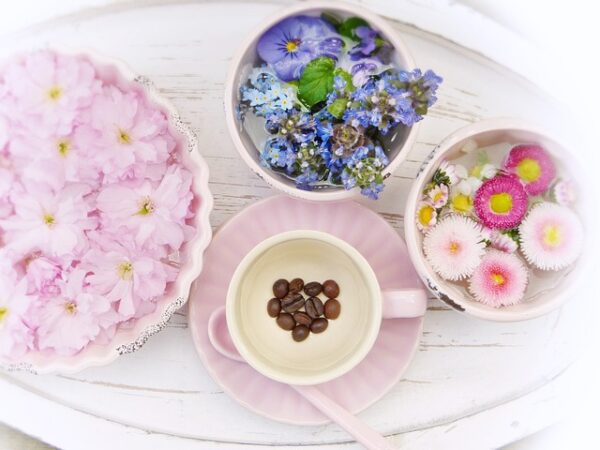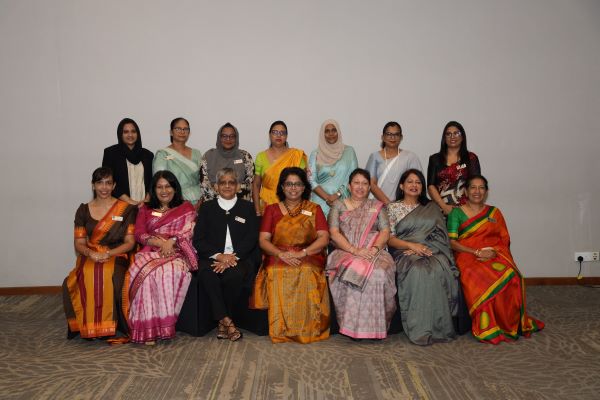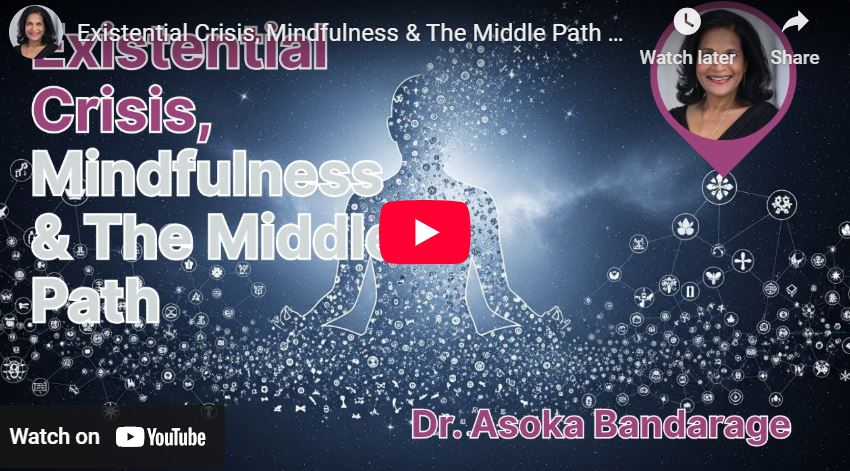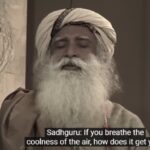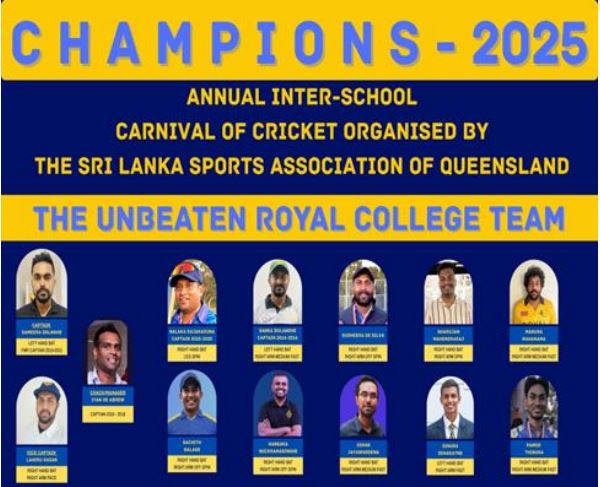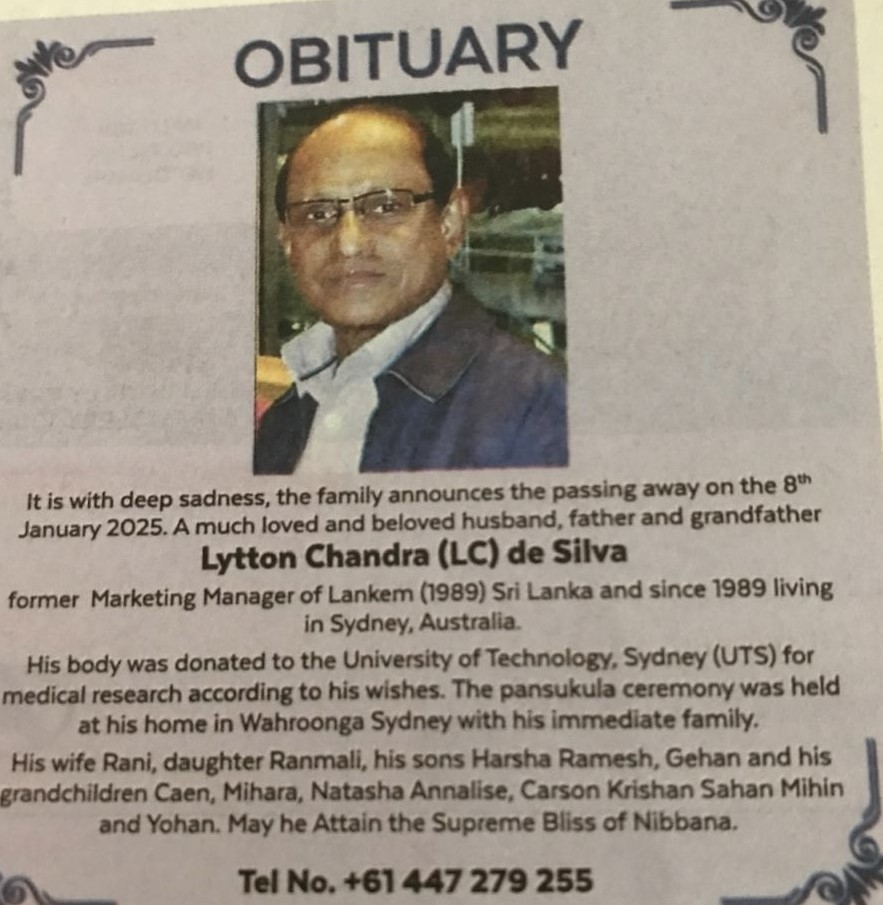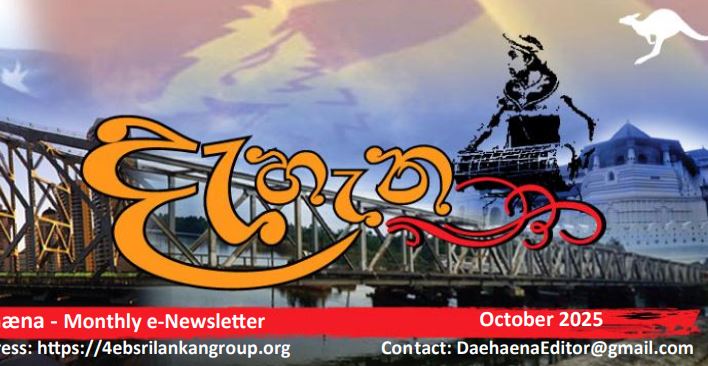HOMOEOPATHY Series 1-By Dr. Tilak S Fernando
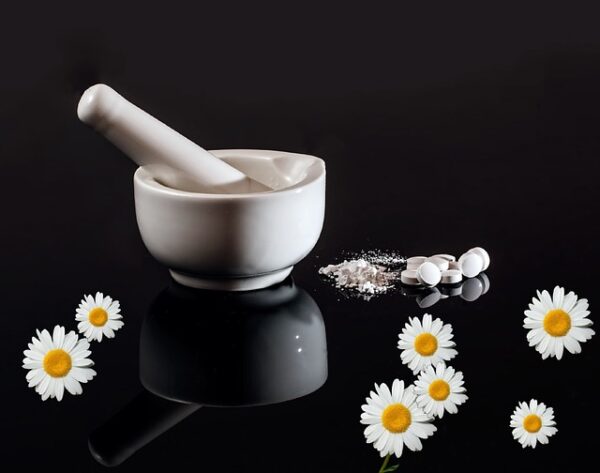
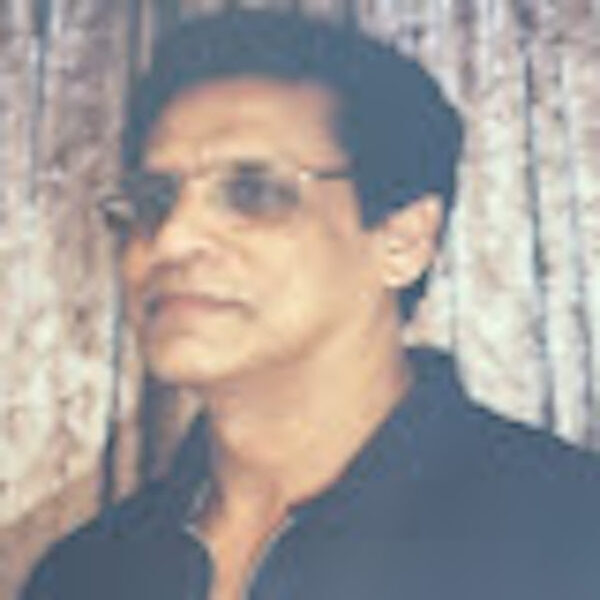
In response article in my blog ’tilaksblog.com’ when Covid-19 implications were at their Peak, the writer received a detailed description of homoeopathy from Dhiru Nathwani at rogers.com, which opened the eyes of those who are sceptical about Homoeopathy.
Dr Samuel Hahnemann (1755-1843 A.D.), a German physician, chemist and linguist, gave up his practice of medicine, being disgusted with the medical treatments of his day. He then earned his living by translating medical textbooks. While solving a book written by William Cullen (a physician of great repute in his time), Hahnemann came across a statement explaining why cinchona (quinine) tree bark powder was effective in treating intermittent fever prevalent in swampy areas.
He disagreed with the explanation given for pyrexia (fever) and experimented with himself by taking the powder. He found out that all symptoms except pyrexia could heal Malaria. Even though he was healthy, he tested various medicines of homoeopathy on himself, his family members, medical friends, and students. In an article he wrote in 1796 on drug tests (proofs) on healthy persons and based his treatments on the “Similia Similibus” principle (let similar things take care of similar things). In 1810, he used the word HOMOEOPATHY for the first time and revised his “Organon” (tool) in six editions.
The word HOMOEOPATHY is made up of two Greek words, “homois” (similar) and “pathos”, meaning suffering. It’s a substance that cures a condition in a sick person. Modern spelling HOMEOPATHY is also known as HOMEOTHERAPEUTICS. Many people confuse diagnostic tools with “modern medicine”! One must remember that the diagnostic tools we know today did not exist in Hahnemann’s time. So, getting the diagnosis of the medical problem by undergoing tests and investigations wherever was impossible.
Tens of millions of people around the world depend on homoeopathy currently. It is entirely different from allopathy. The significant difference is the mechanism of homoeopathic medicines is wholly opposed to the principle of allopathic (conventional) medicine. i.e., Homeopathy works on patient-specific, whereas allopathy is based on disease-specific (Ref. “A. Doctor’s Guide to helping yourself “by Dr James H. Stephenson – ISBN 0-13-2-216853-7).
What homoeopathy does is treat the body’s innate ability to heal itself. Homoeopathy does not treat any disease as in conventional medicine but a person’s healing mechanism, producing symptoms in a patient. Critics see this decisive difference or deliberately being aware of it obstructs the public and preventing Homeopathic treatment, which has long-lasting effects with no side effects and is more or less cheap. Those familiar with allopathic medicine and treatment are either ignorant or fearful and become denied a less expensive treatment minus any side effects.
Based on Symptoms
Akin to other branches of medicine, homoeopathy too has its limitations. In homoeopathy, symptoms become first and the name of the disease second. To be familiar with such restrictions, one needs to read chapter three in Dr Hamish Boyed’s introduction to homoeopathic medicine (ISBN 0-87983-324-6), where names of diseases are categorised.
The most substantial proof of homoeopathy’s effectiveness is seen in the results with your own eyes. There is no higher standard of evidence! Homoeopathy’s principles are listed in the founder book of ‘Organon of Medicine by Samuel Hahnemann, who grew up in Germany and received his medical degree in Erlangen in Nuremberg in 1779 and died a millionaire in Paris in 1843. Long after his death, his 6th edition became known. Accordingly, centesimal and decimals potencies have remained to this day. One is advised to ignore paragraphs dealing with L.M. potencies.
In the Making.
Homoeopathy medicines are produced by a unique two-step serial dilution and succession (Applying mechanical shocks). In this process, one is advised to search on ‘google’ for “Q.E.D. on homoeopathy where one can watch the fantastic BBC TV documentary on the internet (One is advised again to avoid mutilated versions but refers to the potency chart on page one).
Chapter III of ‘Medicine of the New Man, and chapter 7 of “The Science of Homoeopathy by George Vithoulkas, award winner of the ‘Alternative Noble Prize in 1996’ explain (1) reasons and (11) provide details of the two-step process for making potentised medicines.
Homoeopathic medicines work on a healing mechanism (the body’s chief operating system, also in animals, plants and other living things). They are not like allopathic chemical drugs, which work by chemical action on the “contrary” principle.
With the two-step process, Hahnemann (1) almost eliminated the problem of aggravation (worsening) of symptoms in patients; (2) removed the toxicity of medicines made from toxic substances; (3) almost eliminated the problem of side effects of medicines; (4) increased (and released) the power of natural medicines, including inactive substances; (5) made potentised medicines work faster.
Homoeopathic medicines are different; they do not work by chemical a homoeopathy ction. The two-step dilution process is frequently targeted by critics/sceptics to attack homoeopathy. They send homoeopathic medicines for chemical analysis. It is akin to sending C.D.s/DVDs for chemical analysis to see if they are recorded! Dhiru Nathwani at rogers.com says.
U.S.A.
In the United States, Homoeopathy Pharmacopeia (HPUS) received official recognition from the Federal Food, Drug and Cosmetic Act in Congress in 1938. Akin to gravity, homoeopathy is timeless and never becomes obsolete because it is based on “scientific” principles which are (i) universal, (ii) never-changing and (iii) verifiable by experiments. These are the three attributes of any guide in science.
Research in homoeopathy is a relatively new area. R.C.T.s (Randomized controlled trials) are complex because homoeopathic treatments are patient-specific (individualised), but an impressive amount of research continues. The following databases of clinical trials in Homoeopathy are found in “PubMed/Elsevier/journal Homoeopathy (B), “Homoeopathy Research Evidence Base: References” (C) Compendium of Homeopathic Research submitted by AFHC (Adolescent Friendly Health Corners in selected Government Health Facilities in Bangladesh: An Early Qualitative Assessment to F.D.A. (D) International Journal of High Dilution Research. Also, one could research on websites of the American Institute of H Homoeopathy (U.S.), Homeopathy Research Institute H.R.I. (in the U.K.), Faculty of Homeopathy (in the U.K.), and National Center for Homeopathy (in the U.S.), also in the H homoeopathy – trials, research, and potency chart.
Testing
Testing is called “proving”- i.e. a drug trial on healthy persons. A medicinal substance is accepted into homoeopathy only after it has undergone such testing. Active ingredient/chemical compound is not extracted from the tested therapeutic substance. Hefty daily dose(s) are repeatedly given over some time UNTIL each prover starts producing symptoms. Critics distort this fact to attack homoeopathy– they never take the hefty daily dose(s) UNTIL symptoms appear.
On the other hand, conventional chemical drugs are tested on sick persons suffering from a named disease. Randomised controlled trials on ill persons is a faulty unscientific procedure for testing new chemical medicines, says an Analysis by Harris L. Coulter, PhD. (Chapter VIII in “The Controlled Clinical Trial).
In homoeopathy, symptoms produced in healthy persons are recorded in books called “materia medica. Clarke’s ‘Dictionary of Practical Materia Medica” (3 volumes) is one such book. One may refer to (Boericke’s “Materia Medica with Repertory). Under each symptom, various medicines are listed and graded in bold, italics, and ordinary print. Bold letters indicate the medicine produced that a symptom in all or almost all provers, italics in a few and ordinary means rarely. Because different symptoms are produced in healthy persons by medicine in proving, the same medicine can have multiple uses, like Swiss Army knives. Such medicines are called “polycrest”. There are about 100 such polycrest medicines.
The moral behind all this is that if you read any book on homoeopathy in different kinds of fonts, you find that it is what the author means.
tilakfernndo@gmail.com
